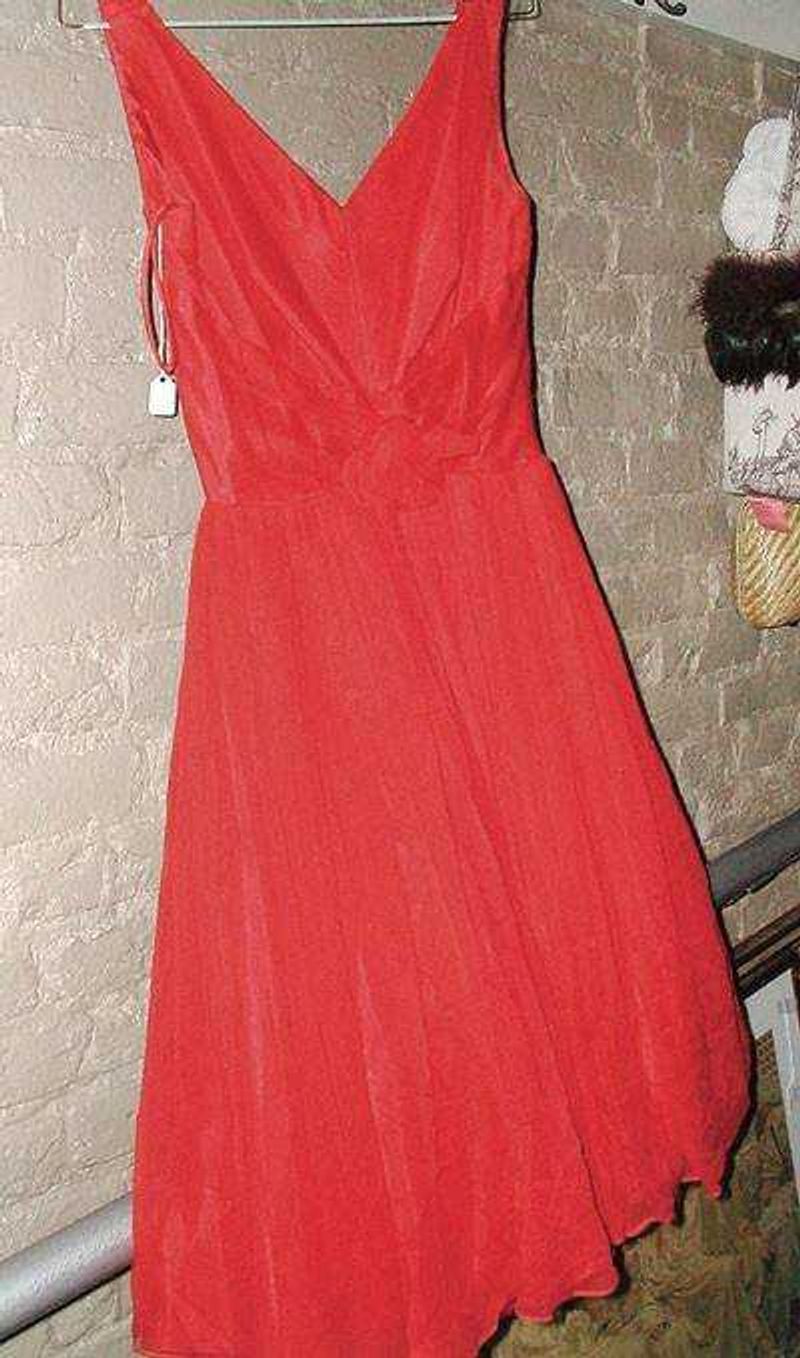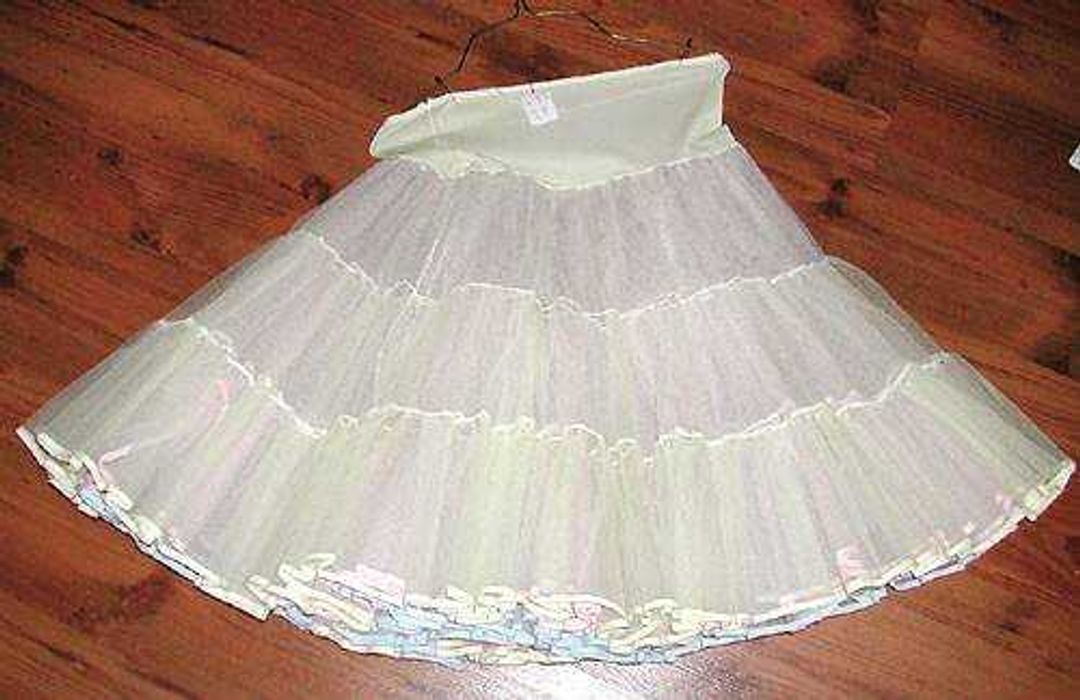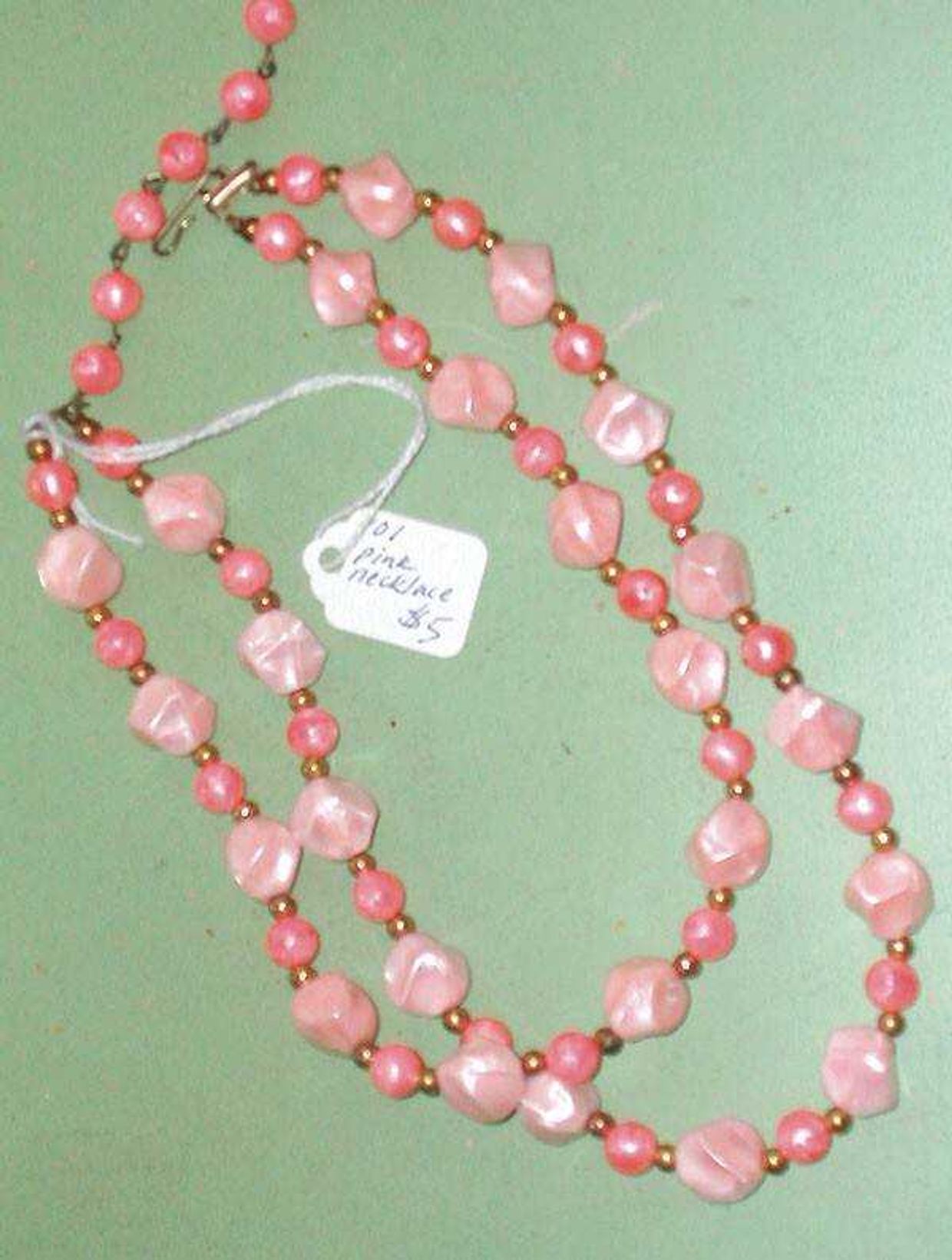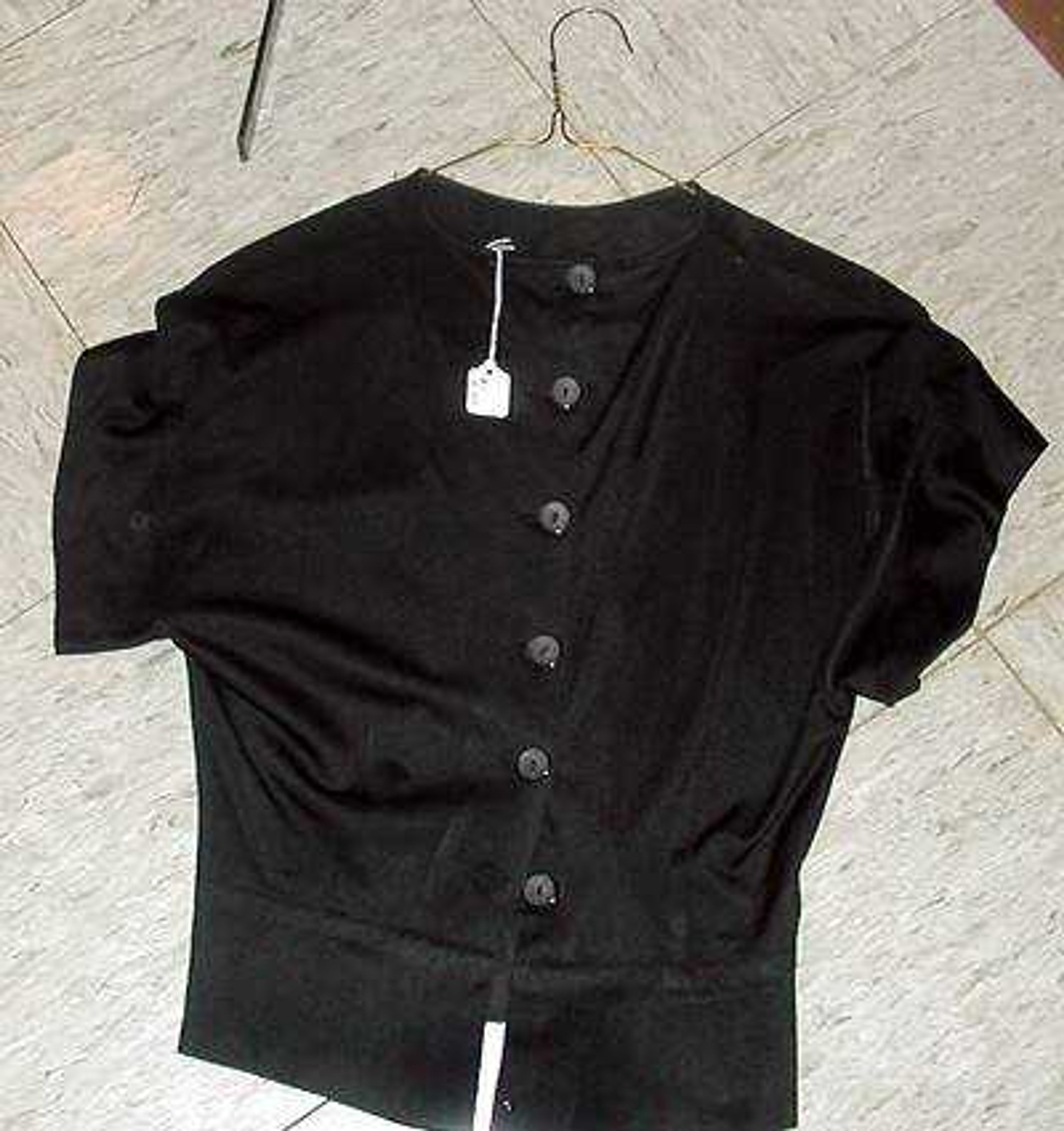Vintage flair
A teenage girl's worst nightmare? If walking into a party wearing the exact same dress as another girl isn't at the very top of the list, it can't be far behind. To avoid a look-alike contest during the holidays, fashion experts suggest taking a different route from the usual mall-shopping. Instead, they suggest taking a detour to vintage shops, resale stores and even flea markets for one-of-a-kind clothing items...
A teenage girl's worst nightmare?
If walking into a party wearing the exact same dress as another girl isn't at the very top of the list, it can't be far behind.
To avoid a look-alike contest during the holidays, fashion experts suggest taking a different route from the usual mall-shopping. Instead, they suggest taking a detour to vintage shops, resale stores and even flea markets for one-of-a-kind clothing items.

In Cape Girardeau, the downtown area is home to numerous antique stores/flea markets, many of which offer 1950s- and 60s-era clothing and accessories. All sorts of bargains can be found, from $10 beaded clutches or a $5 silver-toned daisy pin to an $18 sheer gold top from the Victorian period.
The local Goodwill store and other thrift shops also offer a variety of clothing at cheap prices. Mixed in with generic brands are top designers like Tommy Hilfiger.
Grandma's closet
You might also find some inspiring clothes in the back of your mother's or grandmother's closets, said Alison Houtte, who with sister Melissa, wrote the book "Alligators, Old Mink & New Money: One Woman's Adventures in Vintage Clothing."

"If I have a few pieces from my grandmother or mother, those are things that are with me forever and those people are with me forever," says Houtte.
"When I carry grandma's evening bag, I get compliments and it's such a good story. It's a good conversation piece," Houtte adds. "There's an energy to vintage clothes."
The City Opera Thrift Shop in Manhattan holds two major vintage events each year, saving their best designer pieces for those fund raisers. The most recent one featured a metallic Gucci dress and a two-tone green asymmetrical dress from Pauline Trigere. A gold knit ensemble had a pristine Bergdorf Goodman label, which confirmed its pedigree without boasting a name.
That's the kind of purchase that can be a bargain, manager Jay Thompson explained.

"These are extraordinary pieces for collectors, or for anybody," said Thompson. "Sometimes it's not a 'label.' Maybe it was something made by a dressmaker for the original owner. That's really special."
Some pieces come to the store straight off the runway. "Oscar de la Renta is a big supporter of the opera," Eric Hagmueller, director of retail operations, added with a wink.
Many pieces come from estates, when grandchildren clean out closets.
Designer Jill Stuart's upcoming spring collection looks like it was discovered in an antique trunk in the attic of a charming Victorian home.
Stuart has been a vintage aficionado for years and has more than 100,000 pieces -- some dating back to 1880 -- in her collection. She has particular soft spots for cocktail dresses, shoes, perfume bottles and vintage wallpapers.
Details from those pieces work their way into her new garments.
"I get my inspiration mainly from the artisan qualities, shapes, fabrics, prints and construction of many of these pieces, which is a challenge to manufacture today, and then I interpret many of them in a modern way," Stuart said. "I am always looking for some new aspect in some uncovered gem that inspires me, much like a song, a movie or any other medium. I'm always looking for an elusive, diaphanous handmade quality that is not over-commercialized like many other brands, to hang my hat on."
Celebrities are turning to vintage so they don't look like a cadre of clones, said Houtte, a former model and owner of the vintage shop Hooti Couture in Brooklyn. "You see them wearing old Dior and Balenciaga -- and getting a lot of attention."
People are drawn to different vintage pieces for all sorts of reasons -- emotional, financial and personal style, among them.
Alligator handbags
One of Houtte's favorite items is an alligator handbag with feet and head. "Some people call it roadkill and others call it chic." Another is a white polyester dress with three black arrows shooting up the front to the bust.
"When you're shopping and looking at the rack in a vintage store, there aren't five or 18 versions of the same dress, there's one. You try it on and it's a hit or a miss," she says.
However, City Opera Thrift's Hagmueller offers a bit of advice for vintage virgins: Don't determine size by the number written on the label. "Sizes have shifted, mostly getting bigger. An 8 before isn't an 8 now."
The general standard for vintage pieces is that the garments are in good, wearable condition. Things mostly are sold "as is" and customers should carefully examine pieces before buying them. Check to see if the original label is intact, too. If it is, it's a sign the piece came from a reputable manufacturer or designer.
~ Features editor Callie Clark Miller contributed to this report.
Connect with the Southeast Missourian Newsroom:
For corrections to this story or other insights for the editor, click here. To submit a letter to the editor, click here. To learn about the Southeast Missourian’s AI Policy, click here.










